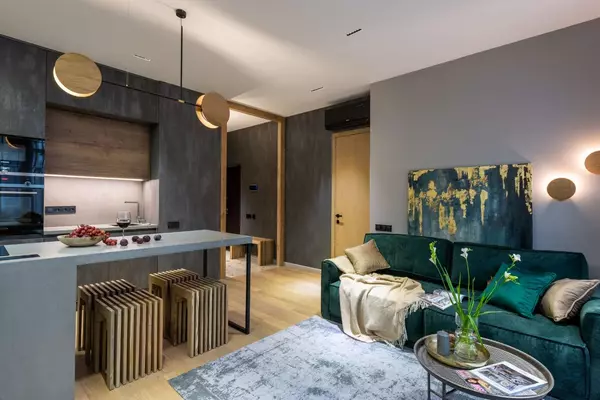Remote Work's Impact on the Housing Market

The shift towards remote work has brought profound changes to various aspects of life, with the housing market being one of the most significantly impacted sectors. As more individuals and families embrace the flexibility of working from home, their housing priorities and preferences are evolving. Let’s explore how this trend is reshaping the real estate landscape.
1. A Shift in Location Preferences
Remote work has untethered many employees from the need to live near their office, sparking a migration from urban centers to suburban and rural areas.
- Urban Exodus: High costs of living in major cities are driving remote workers to relocate to more affordable areas. Cities like San Francisco and New York have seen a noticeable decline in demand, while suburban and rural markets are experiencing a boom.
- Lifestyle Choices: Homebuyers are prioritizing locations that offer a better quality of life, such as access to nature, larger properties, and family-friendly amenities.
2. The Rise of Home Offices
With work-from-home becoming the norm, homebuyers and renters are seeking properties that accommodate remote work needs.
- Dedicated Workspaces: A home office is now a must-have feature for many buyers. Properties with extra bedrooms or flex spaces are in higher demand.
- Technology Infrastructure: High-speed internet and reliable connectivity have become critical considerations for buyers in all areas, including rural locations.
3. Changing Property Values
The remote work trend has influenced property values in various ways:
- Suburban Growth: Suburban areas and smaller cities are seeing an increase in home prices as demand rises.
- Declining Urban Premiums: In contrast, the demand for smaller, high-priced apartments in urban centers has softened, leading to stabilization or even slight declines in prices.
4. Increased Interest in Second Homes
Remote work has blurred the lines between work and vacation. Many remote workers are purchasing second homes in scenic or recreational areas.
- Dual Living: Buyers are investing in properties that serve as both primary residences and vacation homes, leveraging the flexibility of remote work to spend more time in desirable destinations.
- Short-Term Rentals: Some are also turning second homes into income-generating properties through platforms like Airbnb when not in use.
5. Extended Buying Horizons
With fewer workers needing to relocate for job changes, homebuyers are taking more time to find their ideal property. This trend allows them to be more selective and consider long-term needs.
Implications for Real Estate Professionals
For real estate agents and professionals, the remote work trend presents unique opportunities and challenges:
- Marketing to Remote Workers: Highlight features that appeal to this demographic, such as home offices, outdoor spaces, and community amenities.
- Adapting to Shifts: Stay informed about market trends in suburban, rural, and vacation home markets to guide clients effectively.
- Virtual Tools: Leverage technology like virtual tours and online consultations to cater to remote buyers who may not be able to visit properties in person. An accessible and easy to use camera for these type of virtual tours can be viewed here!
The remote work revolution is transforming the housing market, redefining what buyers and renters value in a home. As this trend continues to evolve, staying attuned to these changes will be key for real estate professionals and homebuyers alike. Whether it’s relocating to a serene rural area, investing in a home office, or purchasing a second home, the flexibility of remote work is reshaping the way we think about where and how we live.
Categories
Recent Posts










